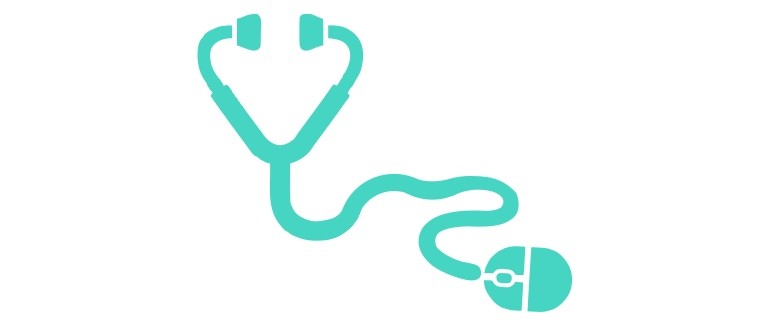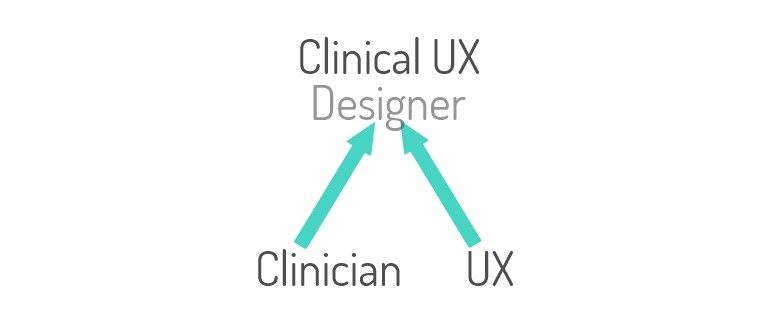Medical Apps – the Next Frontier

[et_pb_section bb_built=”1″ custom_padding_last_edited=”on|desktop” _builder_version=”3.0.47″ custom_padding=”0px|0px|0px|0px” custom_padding_tablet=”50px|0|50px|0″ transparent_background=”off” padding_mobile=”off”][et_pb_row custom_padding=”0px|0px|0px|0px” custom_padding_tablet=”0px|0px|12px|0px” padding_mobile=”off” column_padding_mobile=”on” _builder_version=”3.0.47″ background_size=”initial” background_position=”top_left” background_repeat=”repeat”][et_pb_column type=”4_4″][et_pb_post_title comments=”off” featured_placement=”background” text_background=”on” text_bg_color=”rgba(70,213,195,0.74)” _builder_version=”3.0.90″ title_font=”|on|||” meta_text_color=”#000000″ background_color=”rgba(70,213,195,0.43)” border_width_all=”18px” border_color_all=”#46d5c3″ use_border_color=”on” title=”on” meta=”on” author=”off” date=”on” categories=”on” featured_image=”on” text_color=”dark” /][/et_pb_column][/et_pb_row][/et_pb_section][et_pb_section bb_built=”1″ admin_label=”section” _builder_version=”3.0.47″ custom_padding=”0px|0px|0px|0px” transparent_background=”off”][et_pb_row admin_label=”row” custom_padding=”27px|0px|0px|0px” _builder_version=”3.0.47″ background_size=”initial” background_position=”top_left” background_repeat=”repeat”][et_pb_column type=”4_4″][et_pb_text _builder_version=”3.0.89″ use_border_color=”off” border_style=”solid” text_font=”||||||||” text_line_height=”1.4em” text_font_size=”19px” text_font_size_last_edited=”on|phone” text_font_size_phone=”16px” text_font_size_tablet=”16px” border_style_all=”solid”]
I have always enjoyed star trek, from the original series with Captain James T Kirk to Jean-Luc Picard, Benjamin Sisko, Kathryn Janeway, and Jonathan Archer.
They have massive spaceships going through space with all that technology on board. Each of the captains had their own unique way of management and delegation of duties. I loved the fact that they always had a database on the ships with all kinds of information (kind of google search with voice recognition software – Siri, Alexa). Then each one had a science officer from Vulcan (logical and precise, having suppressed all their emotions), human android (humanoid robot), to a Borg drone (a cybernetic zombie like enhanced humanoid). But my interest was in the clinic or medical bay, the doctors had the medical tricorder.
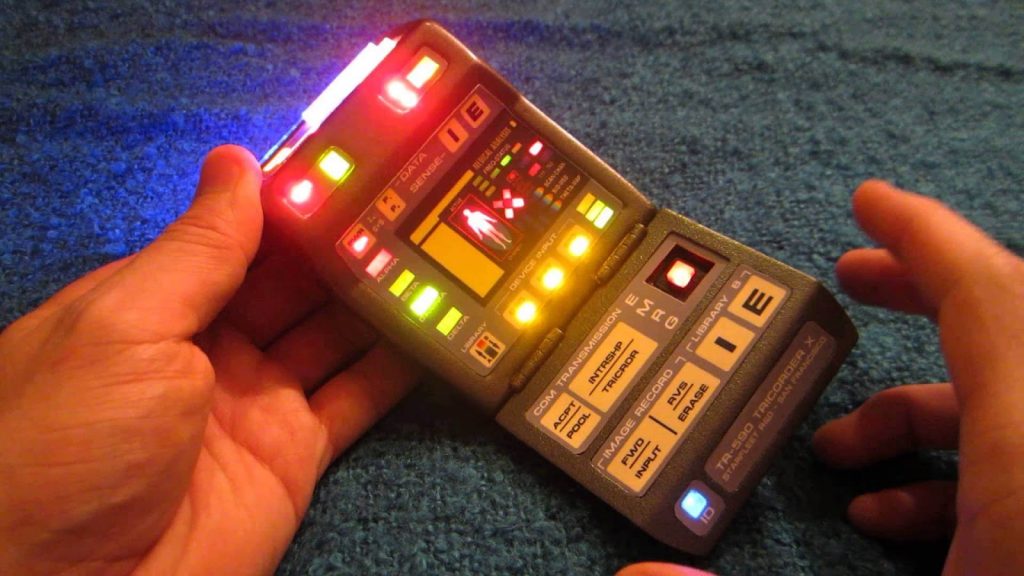
The medical tricorder is a handheld portable scanning device this was used to diagnose and sometimes treat various medical conditions. The doctors need not ask the patient questions; just by scanning the patient they can diagnose and sometimes treat with a matter of seconds. A common view is that it will be a general-purpose tool use health measurements such as blood pressure and temperature, and blood flow in a non-invasive way. Although it is totally fictional as at present, it is cool when seeing Dr McCoy, use it.
 Our mobile phones have come a long way over the last 50 years, from having them the size of a car or a small lorry. They grew in popularity when they came down to about the size of a brick and since then they have grown smaller and smaller. They have also become more and more complex, it is said that computer processing power in one of our smartphones is millions of times more powerful than all of NASA’s combined computing power in 1969 that put a man on the moon. That is scary, if that could happen in less than a life time, guess what is in store our the next few years. Moore’s Law is a computing term which originated around 1970 based on an observation made by Intel co-founder Gordon Moore. The simplified version of this law states that processor speeds, or overall processing power for computers will double every two years. Hence, computers and processors will continue to get smaller, faster and cheaper. It is suspected that we would have cybernetic implants soon as people already have cardiac implants, ear, eye, etc and on the cosmetic side we have dental, breast, etc. Just like the Borg in future people will have lost of cybernetic implants.
Our mobile phones have come a long way over the last 50 years, from having them the size of a car or a small lorry. They grew in popularity when they came down to about the size of a brick and since then they have grown smaller and smaller. They have also become more and more complex, it is said that computer processing power in one of our smartphones is millions of times more powerful than all of NASA’s combined computing power in 1969 that put a man on the moon. That is scary, if that could happen in less than a life time, guess what is in store our the next few years. Moore’s Law is a computing term which originated around 1970 based on an observation made by Intel co-founder Gordon Moore. The simplified version of this law states that processor speeds, or overall processing power for computers will double every two years. Hence, computers and processors will continue to get smaller, faster and cheaper. It is suspected that we would have cybernetic implants soon as people already have cardiac implants, ear, eye, etc and on the cosmetic side we have dental, breast, etc. Just like the Borg in future people will have lost of cybernetic implants.
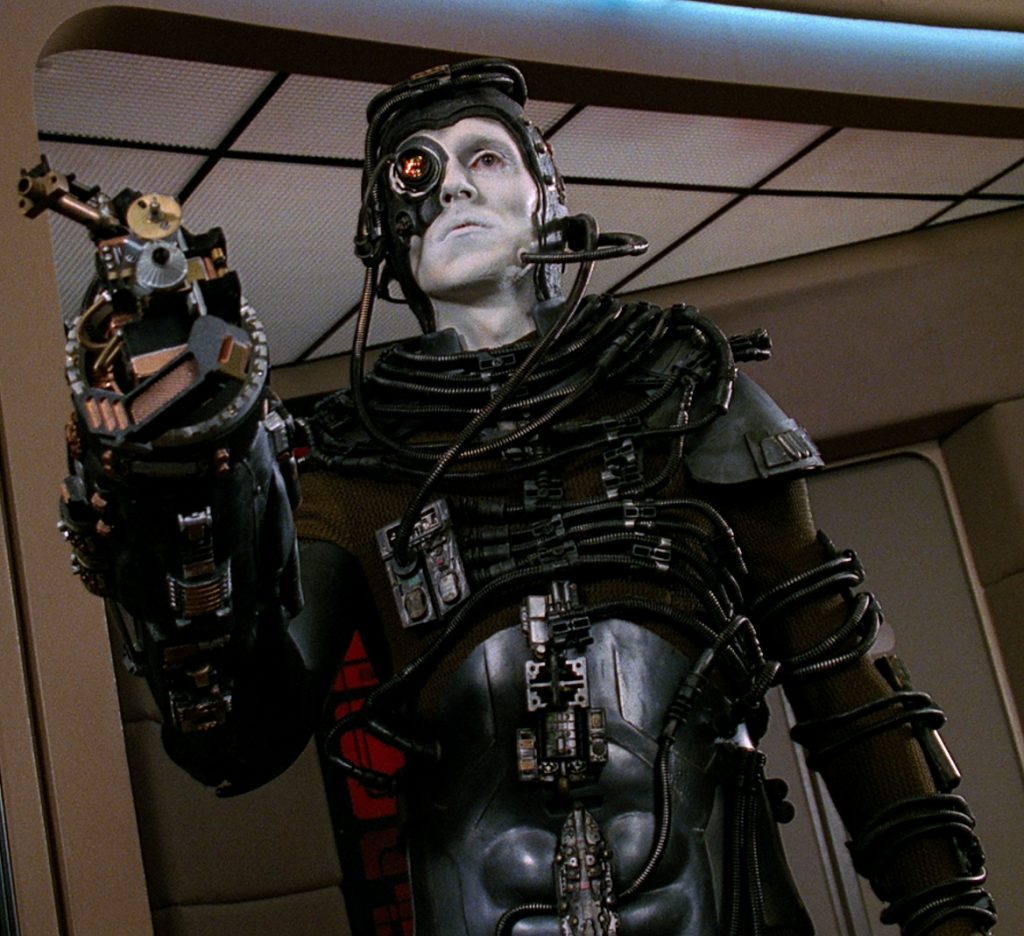
Although with increasing computerising power the smartphones are also getting smaller and smaller. Now about 5 billion people are using mobile phones worldwide in the population of about 7 billion. Many people have more than one mobile phone.
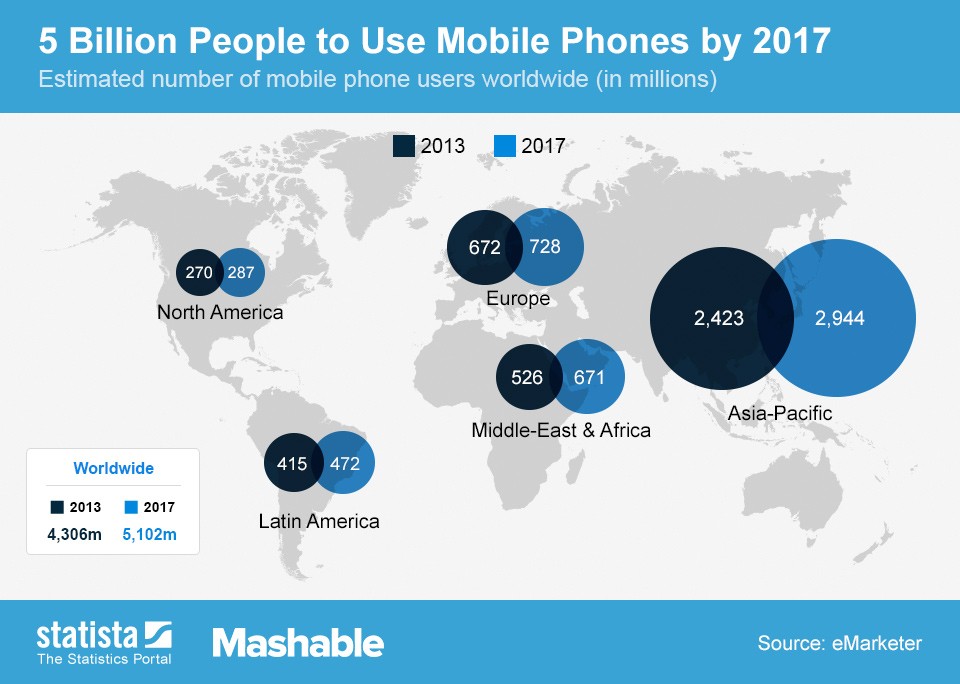
Smartphones are transforming healthcare, especially with powerful apps they have become mobile clinics. They could bring the price down
_________________________________
A single 11.7 minute trip to the GP costs the NHS – £45, according to Government data.
_________________________________
The 2013 Units Health and Social Care report from the Personal Social Services Research found:
- It costs £27 for a 7.1 minute telephone consultation with a GP.
- Home visits from a GP lasting 23.4 minutes are £114.
- One prescription from your GP costs £41.35. This includes the cost of the drug too.
- A 15 minute appointment with your nurse in a GP practice costs £13.
Meanwhile, about a 5 minute session with the software will be brought down to costing nothing.
The NHS does have a funding gap and by the year 2020 they will be £30 billion in the red. The population is growing older, people are living longer. Older people tend to have multiple conditions.
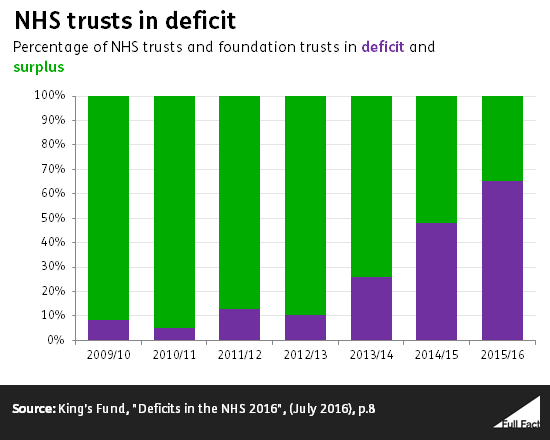
The way forward is technology and the NHS has taken it with both hands now we can actually speak to a NHS doctor on our smart phones doctors now at anytime and anywhere in the UK.

_____________________________________
After a series of failures in the NHS and losing billions (it has been recorded as the biggest failure IT has seen). They seem to have identified the problems lack of transparency and clarity, did not engaged the experts, and it was restricted to one system, also they had a serious time constraint. When the NPfIT system was released it was not fit for purpose, and posed a potential risk to patients as it froze and files were lost.
____________________________________
Now they have a Health Developer Network which “contains technical information, software tools, source code and data that will be of interest and use to software developers who are designing and building software for use in health and social care”. They have libraries which describes a whole range of systems, services and data used in the health and social care sector. It also contains tools and source code, provides access to data sources and data services. Also in the network there is an API Hub and Apps which provides a digital assessment questionnaire to ensure that only trusted, highly quality apps are available on the Apps library. They must pass Clinical Effectiveness, Regulatory Approval, Clinical Safety, Privacy & Confidentiality and Security.
There is a big thing now Health 2.0 which is about combining health data and health information with patient experience. Through the use of ICT enabling patients to become more active in their own treatment, enabling the patient to become a partner in their own health and care pathway. This enables people using their own tools to monitor their own condition and diagnose themselves. However, to use Health 2.0 requires all medical personnel to stay informed especially about the latest developments in their respective fields. It also includes social networking, participation, collaboration and openness. That information will be transferred and social as seen whenever there is networking, openness and collaboration this drives innovation. One of the key words is Apomediation which is used to describe the action of a person who facilities searching for information from the internet. The prefix apo comes from the Latin for “to stand by.” Mediation comes from the Latin mediare to “be in the middle.” He or she helps you get rid of the middle man, gatekeepers, middlemen, salesmen, irrelevant information. As patients are increasingly exposed to complex information they may undergo what is similar to the Dunning–Kruger effect a cognitive bias because they do not have all the require information.
With smartphones and the use of in eye examination it could also send images for diagnosis to specialist immediately.
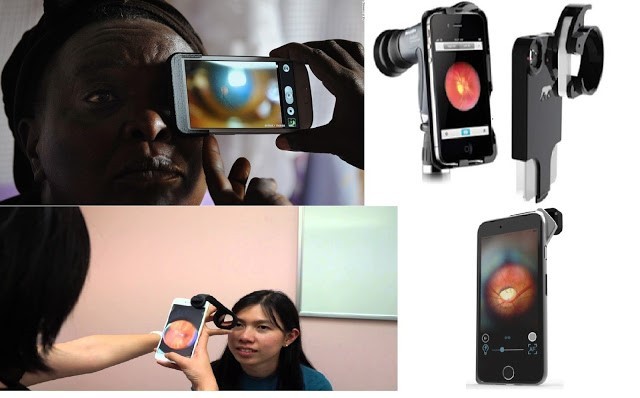
Also, smartphones could be use in ear examination

Also used in other examinations and tests in diabetes

Also, those used in cardiac disease
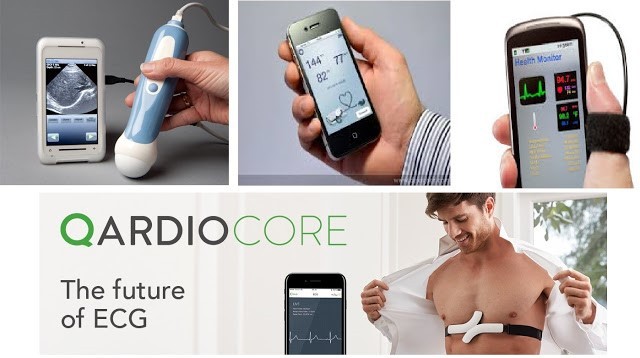
_____________________________
In the developing world smartphones and technology has improved the access to primary health care. Also helped in the monitoring and recording of all diseases. Already it has improved health in the 3rd world tremendously. In the developed world in is bringing the cost down and more accessible.
_____________________________
It is a great time to be in medicine. Soon we will all be trekkies!
Live long and prosper

[/et_pb_text][/et_pb_column][/et_pb_row][et_pb_row custom_padding=”0px|0px|27px|0px” _builder_version=”3.0.47″ background_size=”initial” background_position=”top_left” background_repeat=”repeat”][et_pb_column type=”4_4″][et_pb_team_member name=”Tunde Ajao” image_url=”https://clinicalux.org/wp-content/uploads/2017/11/Tunde-Ajao.jpg” twitter_url=”http://twitter.com/tunde_ajao” linkedin_url=”http://www.linkedin.com/in/tundeajao/” _builder_version=”3.0.89″ header_font=”|on|||” background_color=”rgba(70,213,195,0.14)” background_size=”initial” background_position=”top_left” background_repeat=”repeat” custom_padding=”10px|10px|10px|10px” position=”Lead Developer and Project Manager” background_layout=”light”]
Tunde graduated from the University of Ibadan in 1990 but after 3 yrs of medical practice in the UK, jumped in to the computer programming. He has extensive experience in developing internal network applications for various companies like Tesco, Prudential, Vodafone, etc. and numerous financial institutions.
He now works for his own company, IXL Solutions. He and his team are looking at improving Health Delivery using technology using their combined experience. Innovations in the medical and technology fields are bringing the cost down and the accessibility of healthcare more widespread. They intend to be at the forefront of this revolution in Health Care by using SNOMED CT and apply the latest instalment to the NHS.
[/et_pb_team_member][/et_pb_column][/et_pb_row][/et_pb_section]




